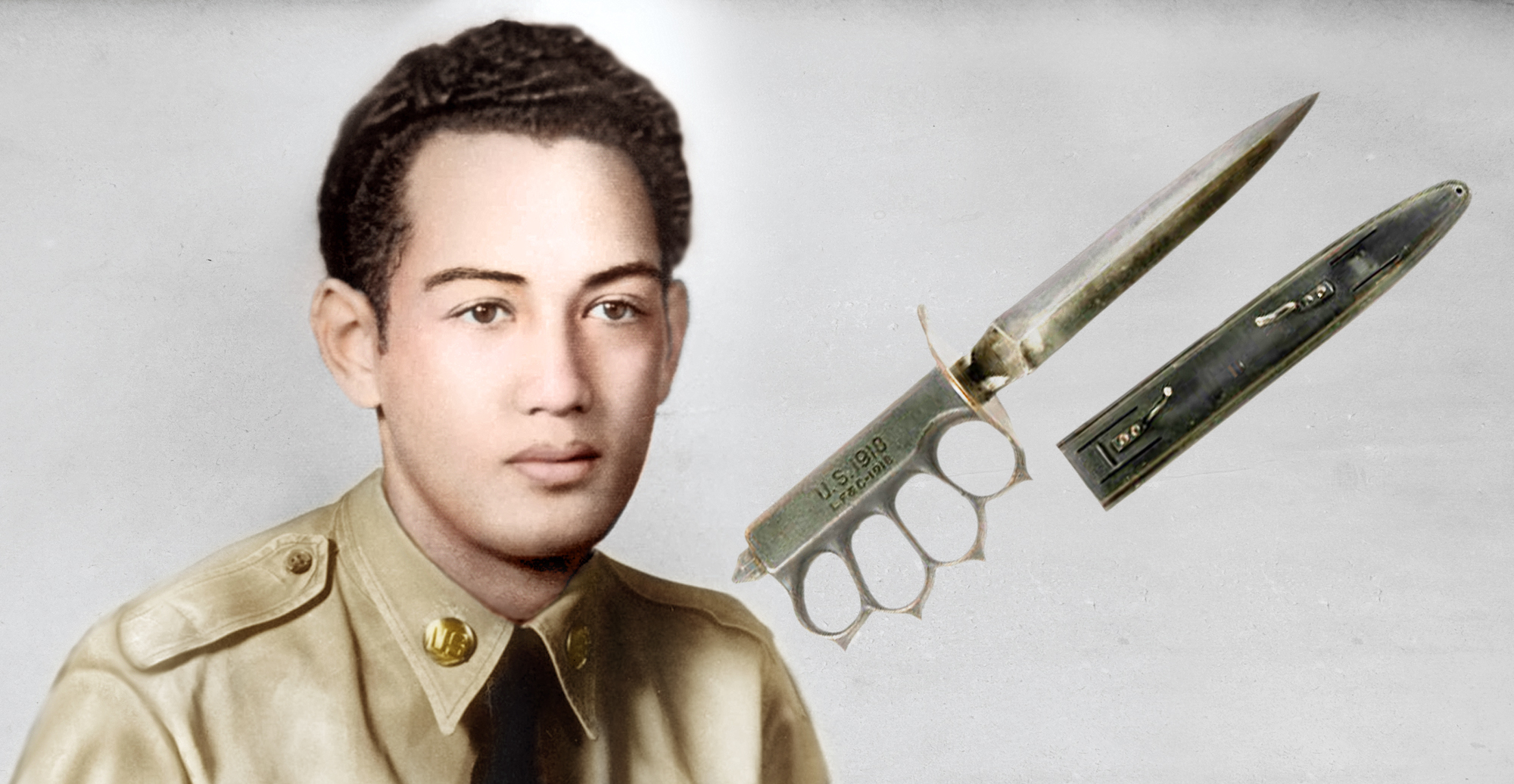It is easy to forget, when we look at images of masses of troops, or huge crews on ships, or pilots lined up with their aircraft, that wars are fought by individual men who come together to form those troops and crews. Lone men join the fight for a common purpose that is sometimes misguided, but is generally believed, at the time, to be the right course of action.
These masses of men, we forget, each have a profoundly different experience of war. Some men loathe fighting, but see it as their duty, while others adapt and thrive in a military environment. Men who are fortunate experience both – they fight a cause they believe is important, and they take to army life as if they were born for it.
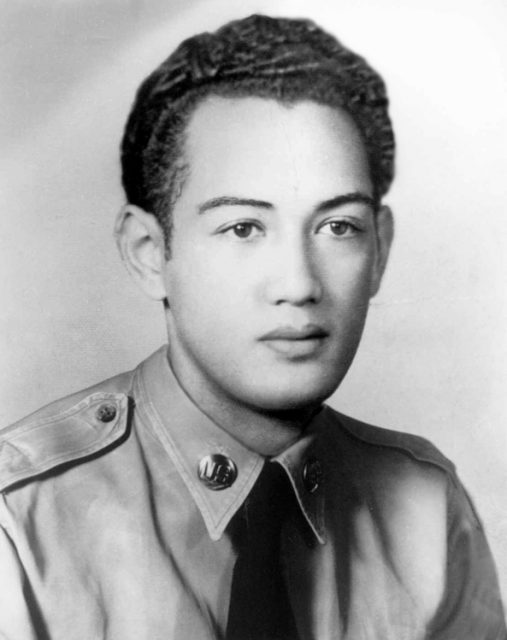
Herbert K. Pilila’au was just such a man. He was born in the paradise that is Hawaii, in Honolulu. When his country needed him during the Korean War, he gave his life doing what he believed in, and he did it extremely well.
He was born in 1928, too young to serve in World War II. He was drafted into the army in 1951, to serve as an infantryman with Company C, 2nd Infantry Division, and in Korea he was quickly sent into one of the war’s worst battles, known as the Battle of Heartbreak Ridge.
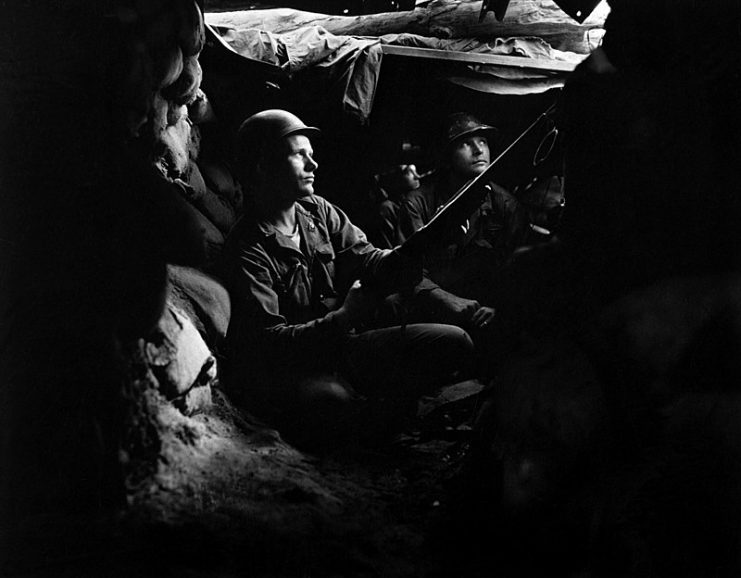
It was there that this soldier – a private first class, not a colonel, lieutenant, or general – earned the respect and admiration of not only his comrades and superiors, but also of generations of servicemen yet to come.
Initially, the Korean War was a conflict in which each opposing side took every hill, stretch of grass, and valley with difficulty. It is a war most easily described as a fight for control of the Korean Peninsula, and a look at any current map reveals that there was no clear victor–although war is usually a win or lose proposition, the Korean War was a draw.
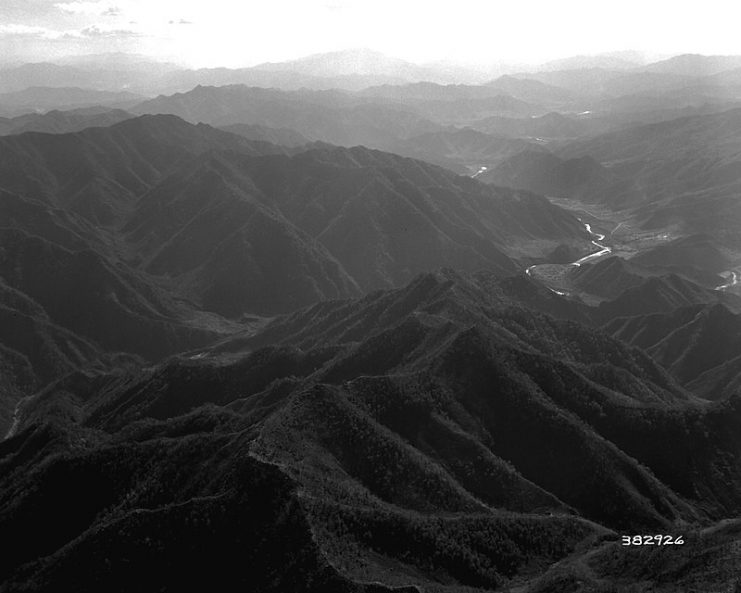
Heartbreak Ridge was one of the battles that took place in all those hills and stretches of grass, and it was there that Herbert Pilila’au met his fate.
The “higher ups” decreed that this area, known as Heartbreak Ridge, just north of the 39th Parallel, was a key piece of land that needed winning. America and South Korea wanted it, and they got it – at first. But the North Koreans hammered at the entrenched troops, trying to find a weakness in the U.S. stronghold.
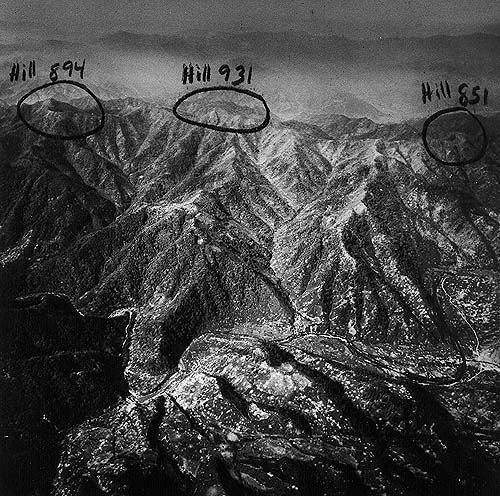
Pilila’au and his platoon were ordered to establish a defensive perimeter around the seized territory to hold off the North Koreans. As night came, the U.S. soldiers held their ground, but finally, as midnight approached, they were told to retreat. Pilila’au’s comrades did so gradually, while he and some others gave them cover. Finally, all the men had retreated, with the wounded, except for Pilila’au. He kept firing. And firing. And firing.
He paused only long enough to reload his weapons. Finally, he ran out of ammunition, but by then he had inflicted massive damage on the North Koreans.
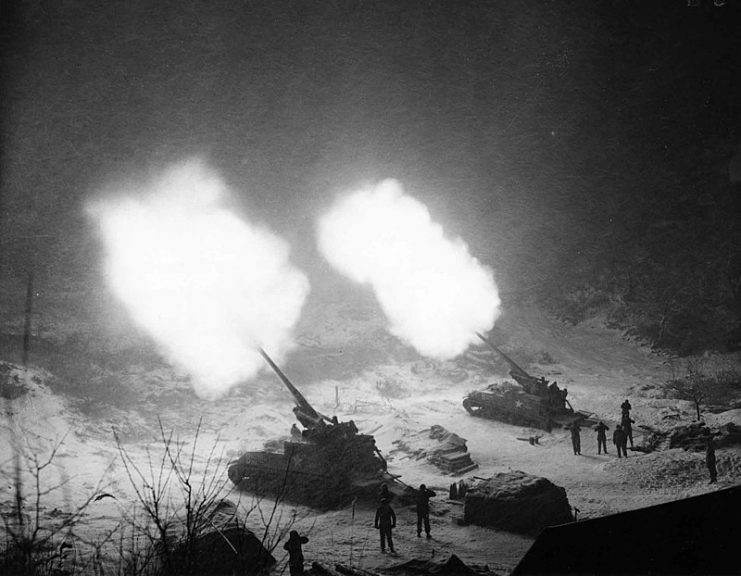
Who knows why – maybe pure patriotism, maybe fatigue, maybe a combination of both – but Pilila’au then seized his knife, ran toward the enemy, and attacked the North Korean soldiers with knife and fists. He must have known he would die, but he decided to go out swinging.
And he did: when his body was recovered the next day, he was still clutching his knife. Forty men, all of whom had died by his hand, surrounded him.
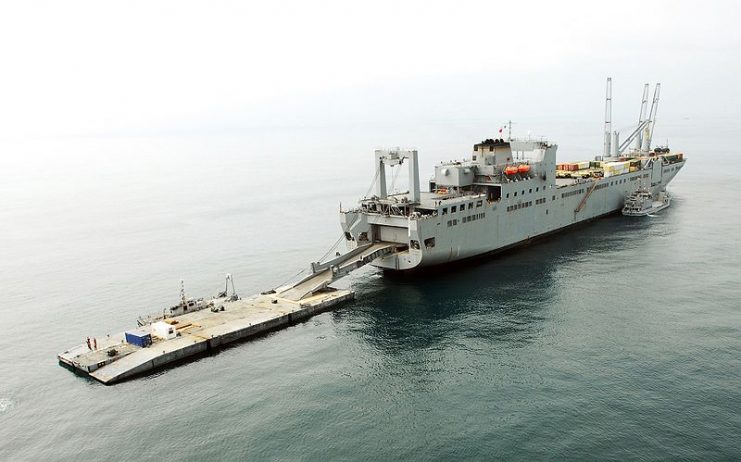
Read another story from us: Task Force Smith – America’s Entry into Korean War
Pilila’au was the first Hawaiian to receive the Medal of Honor. Furthermore, in January 2000, the U.S. Navy named a ship Pilila’au. His bravery at Heartbreak Ridge is still the stuff of legend in all the branches of the Armed Forces.
